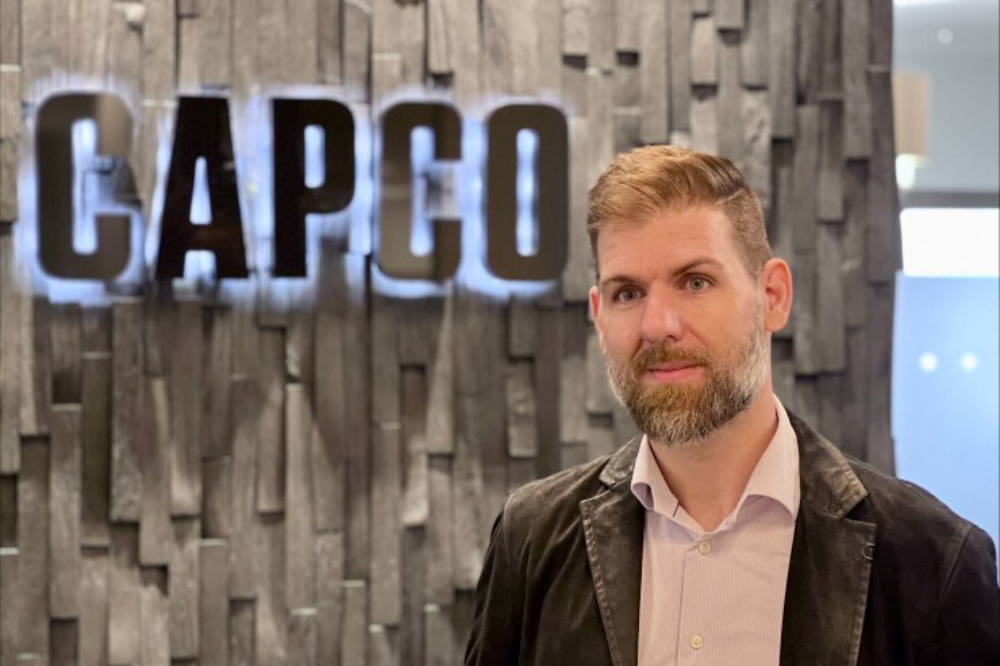Want your company to be gen AI-literate this year? ‘Start small, aim large’

Want your company to be gen AI-literate this year? ‘Start small, aim large’ | Insurance Business Canada
Technology
Want your company to be gen AI-literate this year? ‘Start small, aim large’
Smaller organizations shouldn’t be left behind
Generative artificial intelligence (AI) technology’s influence on insurance is rapidly widening, and at least one financial expert sees Canada’s financial services sector on the cusp of a workplace transformation.
Organizations of all sizes can start priming themselves for this transformation by “starting small, aiming large,” said Ryan Favro (pictured), managing principal and R&D lead at consulting firm Capco.
“If you want to be experimenting with gen AI and turn those experiments into small production use cases where you always get a return on your investment, start small and then scale, scale, scale each iteration until your entire organization is completely gen AI literate,” Favro told Insurance Business.
“That includes your applications, your workforce, and your corporate policies in terms of how you operate your business.”
Gen AI will lead to organizational rethink
According to Favro, the next phase of AI introduced by ChatGPT and other large language models (LLMs) will supercharge productivity in Canada’s workforce.
“We’re not replacing humans at all; we’re taking existing humans and just making them incredibly productive,” he said.
“Most insurance organizations have a massive backlog of various types of work that they’ve yet to get to, because they don’t have enough skilled and qualified people to do the work. But now I can take a subject matter expert and multiply their productivity by tenfold in many cases.
“In the future, what that probably might mean is they don’t need to hire as many people down the road. But no-one’s losing their job. We’re just changing the way our workforce behaves and becoming more productive.”
In the future, however, this workforce overhaul will prompt Canadian companies to rethink their organizational structures.
“We’re going to see generative AI, across the overall insurance industry, and even banking, and in many cases, far beyond – you’re going to see a gradual workforce transformation,” Favro said.
Working with insurance industry clients on the ‘art of the possible’
Toronto-based Favro, who has over 20 years of experience developing enterprise software solutions for Canada’s top banks, is currently focused on applied AI in the financial services sector.
He reflected on generative AI’s influence on insurance and working with clients to apply this new technology over the past year.
“When it comes to generative AI, it is such a new topic that everything is the art of the possible,” he said. “Last year, there were some early predictions that [2023] was the year of the big gen-AI boom. But what ended up happening is, because this technology is so new, insurers took a wait-and-see approach.
“That’s really the trend we saw for last year, which was experimentation and understanding this technology. What is it good and what is it not good for? What are the gaps? How do we prospect organizations to figure out the return on investment and the impact of this technology?”
Should Canadian organizations start worrying about AI regulation?
Favro said that generative AI projects from the last year are starting to mature, signalling that insurers are ready for the next step.
“Our clients are now following to say, ‘How do we go to production? How do we use this so we can start to realize the benefits and keep the risk tolerance relatively low?’” he said.
Favro stressed that generative AI rollouts should come with guardrails so that Canadian organizations can stay compliant.
“We want to make sure that there are some baseline safety measures put into generative AI as a must-have,” Favro said.
“If you’re training a private model on your own, you are responsible for making sure that training data is of a quality that would prevent things like biases. Biases are not necessarily deliberate but there could be trends in the data that create unnecessary biases or unintended biases.”
What are your thoughts on the generative AI boom? What are your predictions for its impact on Canada’s insurance industry? Share them in the comments.
Related Stories
Keep up with the latest news and events
Join our mailing list, it’s free!






